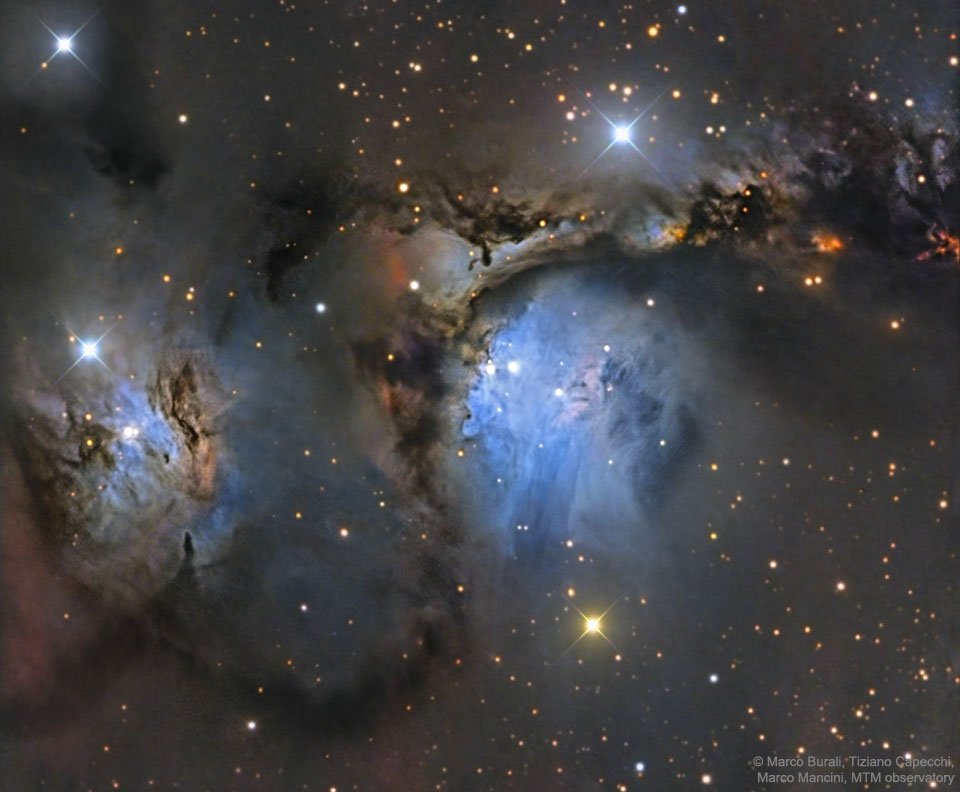
The Space Telescope Science Institute (STScI) in Baltimore, Maryland, has appointed Dr. Margaret Meixner and Dr. Marc Postman to the position of STScI Distinguished Astronomer. Distinguished Astronomer is the highest level of appointment on the tenure track at STScI and represents a rank commensurate with the highest level of professorial appointments at major universities.
Meixner's promotion recognizes her long-term contributions to research and service at STScI. She has led international teams to study the life cycle of dust in the Magellanic Clouds using the Hubble, Spitzer and Herschel space telescopes. Postman is being recognized for his long-term contributions to the study of the formation and evolution of galaxies and clusters of galaxies. He has led important research to determine how the environments of galaxies determine their shapes and how the most massive galaxies evolve.
via Hubble - News feed
http://hubblesite.org/news_release/news/2017-05
